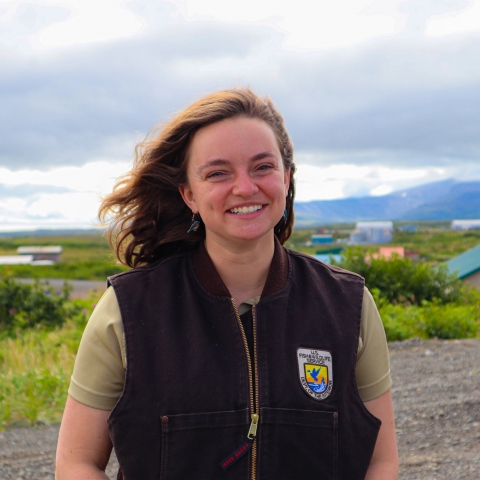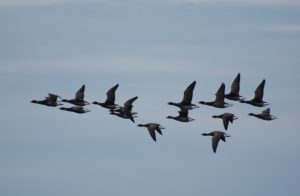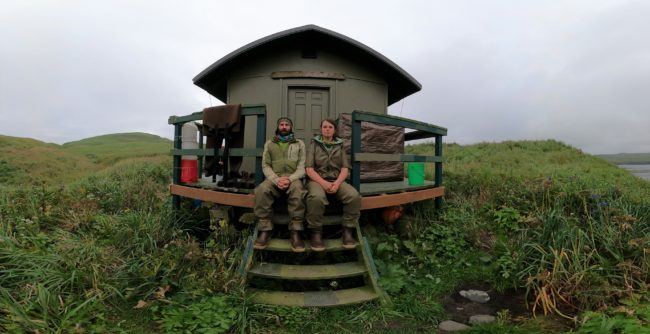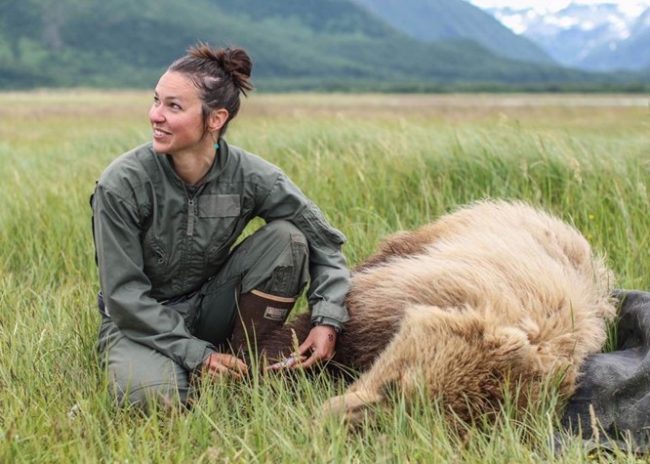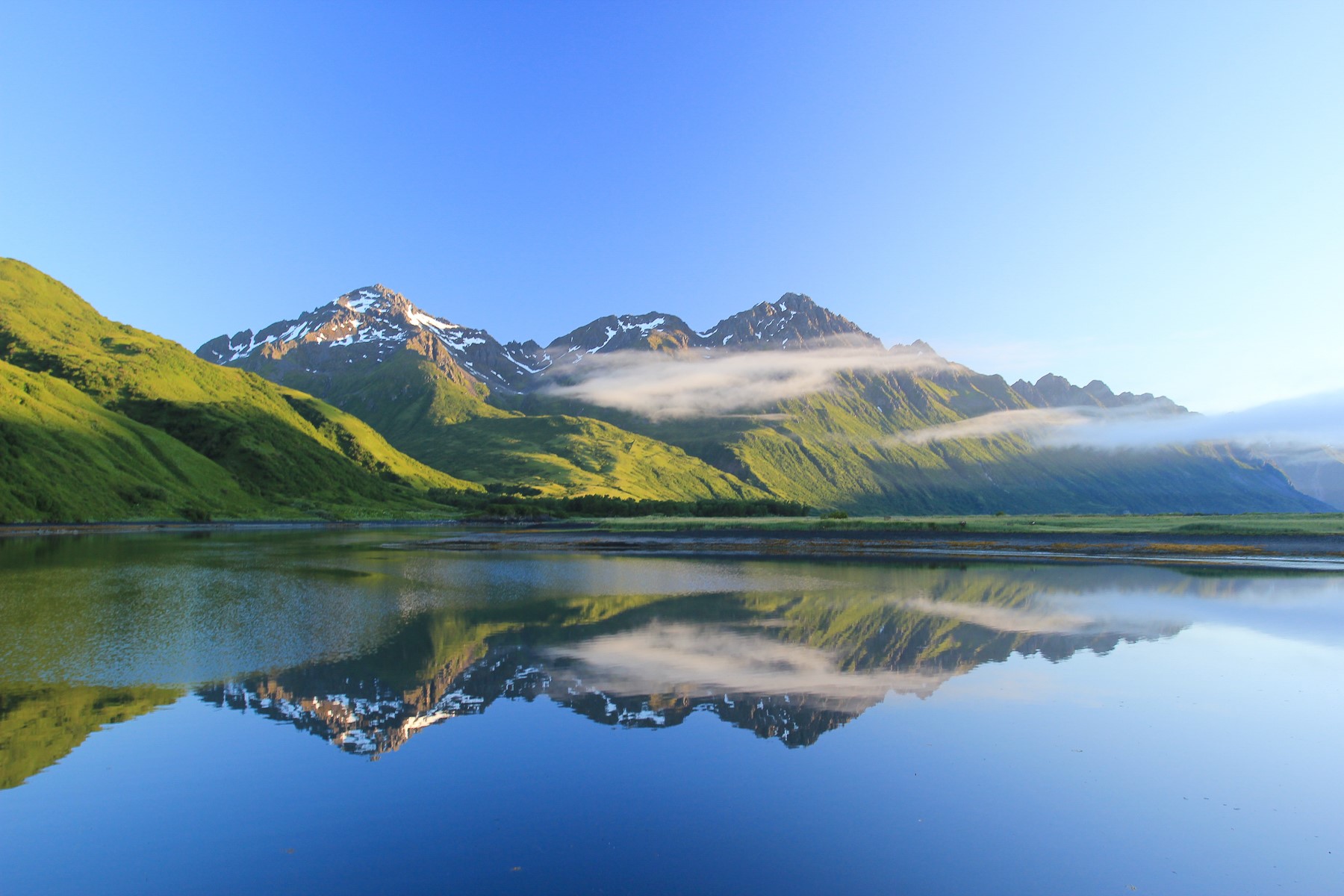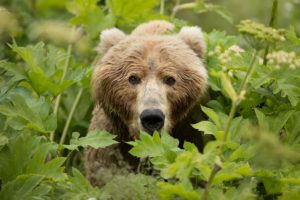September 23, 2023
Presented by Jeff Williams, Deputy Refuge Manager
This presentation was recorded. Watch below:
Remote. Difficult to access. Harsh weather. Thousands of Islands. Millions of Birds. Erupting volcanoes. You’ve heard about it, but few people have actually had the privilege of visiting this spectacular refuge. Spanning in extent from southeast Alaska, west to the end of the Aleutian Chain, and north above the Arctic Circle, a distance equivalent to that from the East Coast to the West Coast of the lower 48, the 4 million acre refuge is comprised of several thousand islands. It’s also home to 80% of all the breeding seabirds in North America – we guess that is over 40 million birds, but our tally counters don’t go that high. Oh, and don’t forget the hundreds of thousands of seals, sea lions, and otters too. Remote field camps on uninhabited islands and the largest ship in the Fish and Wildlife Service, the 120 foot R/V Tiglax, carry out the work of the refuge. The Refuge’s Islands and Ocean Visitor Center is in Homer at refuge headquarters. Jeff will provide an overview of the unique scenic beauty of the refuge and give you a look into the current refuge projects from the biological program to tribal engagement, ship operations and more.
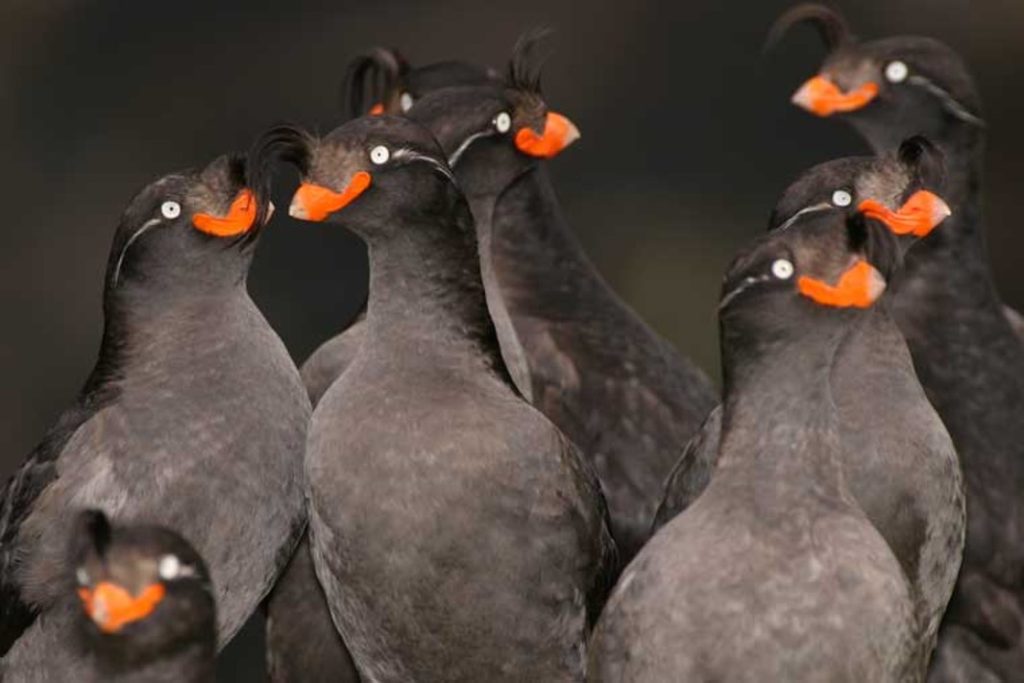 Most of North America’s seabirds nest on this one refuge and crested auklets are some of the coolest. PC USFWS
Most of North America’s seabirds nest on this one refuge and crested auklets are some of the coolest. PC USFWS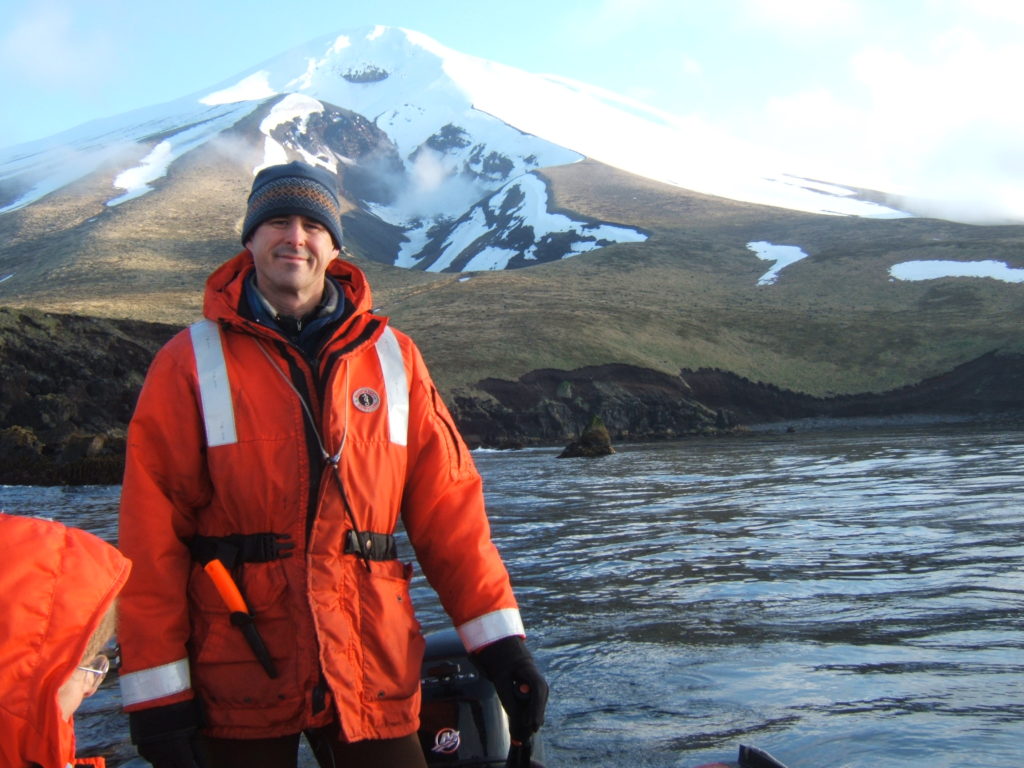
Jeff Williams on Segula Island in the Aleutian Islands. pc: USFWS
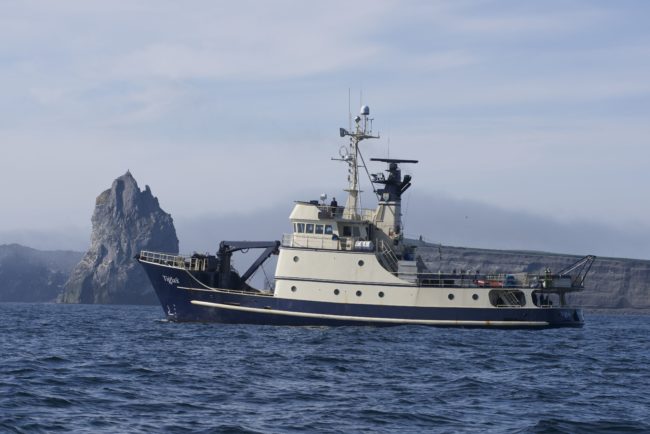
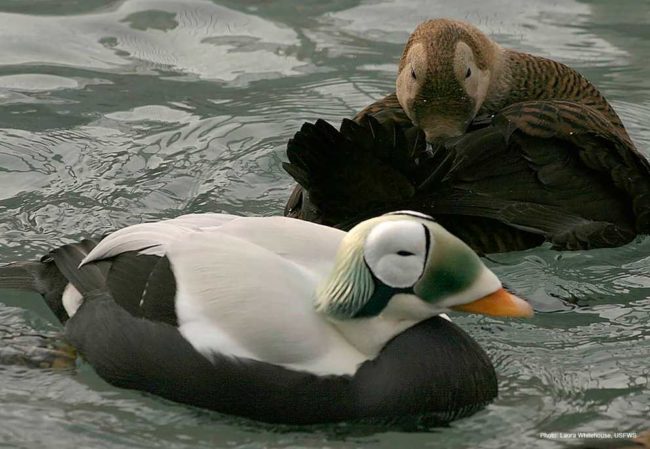
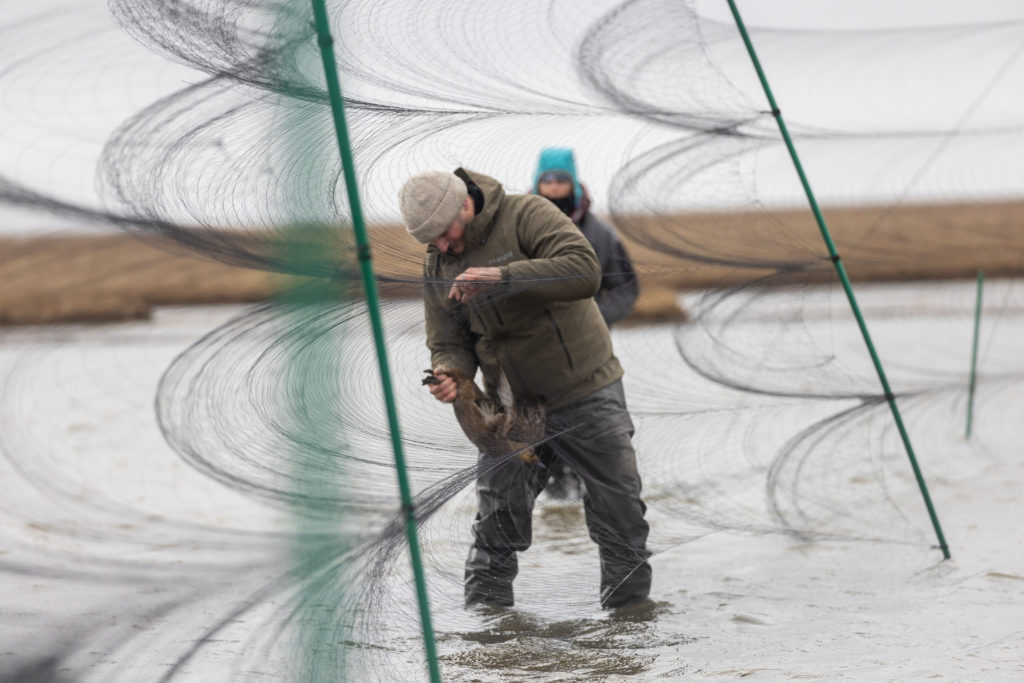 Dan, Mist Netting birds on the river. pc Mark Lindberg
Dan, Mist Netting birds on the river. pc Mark Lindberg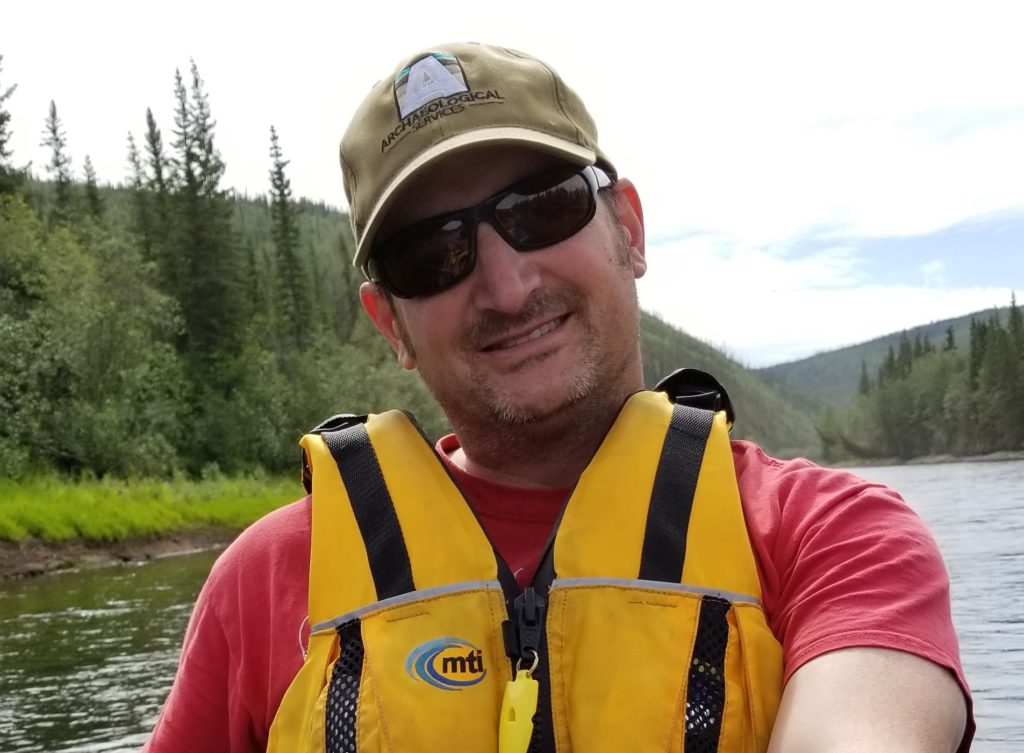
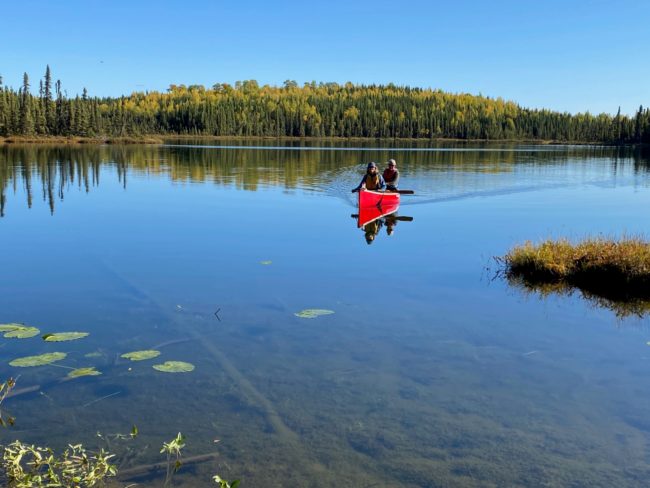
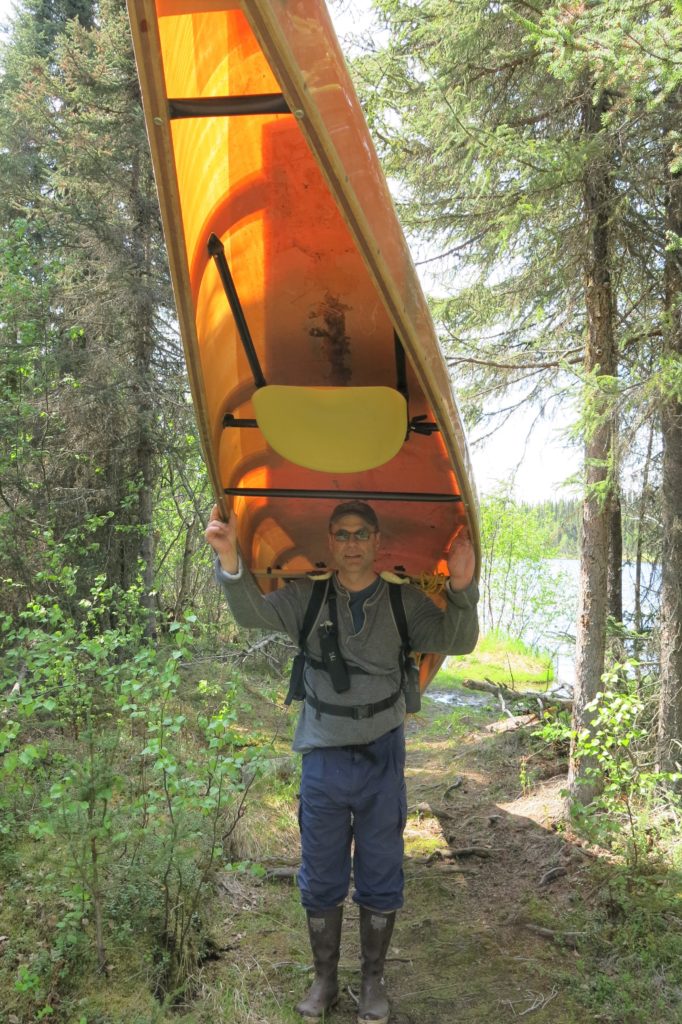 Portages varying in length from a hundred yards to nearly a mile connect the lakes of the canoe system. Dave Atcheson portaging. pc Cindy Atcheson
Portages varying in length from a hundred yards to nearly a mile connect the lakes of the canoe system. Dave Atcheson portaging. pc Cindy Atcheson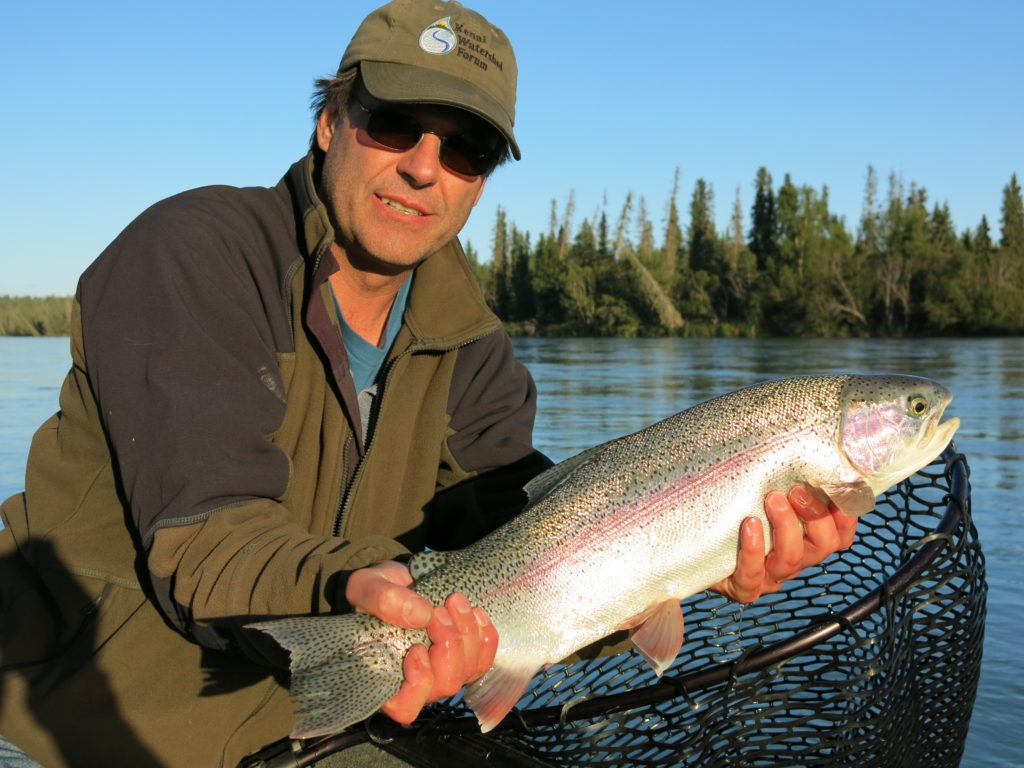 Dave Atcheson with Kenai River rainbow. pc: Lee Keuper
Dave Atcheson with Kenai River rainbow. pc: Lee Keuper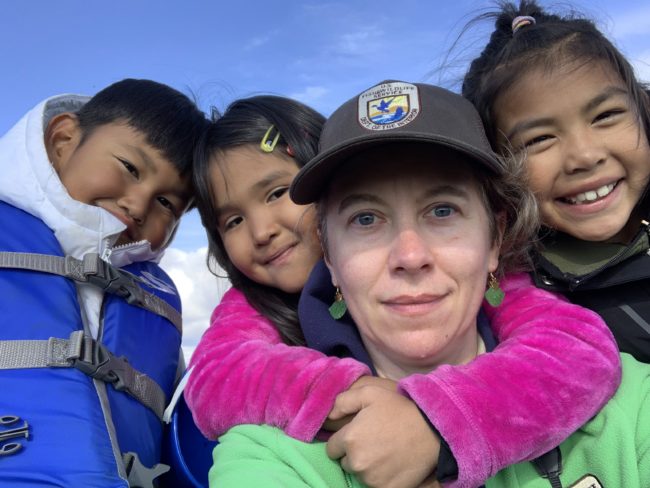
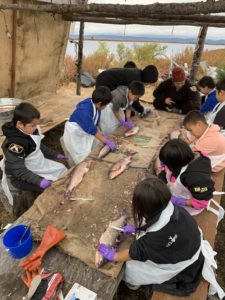 ‘
‘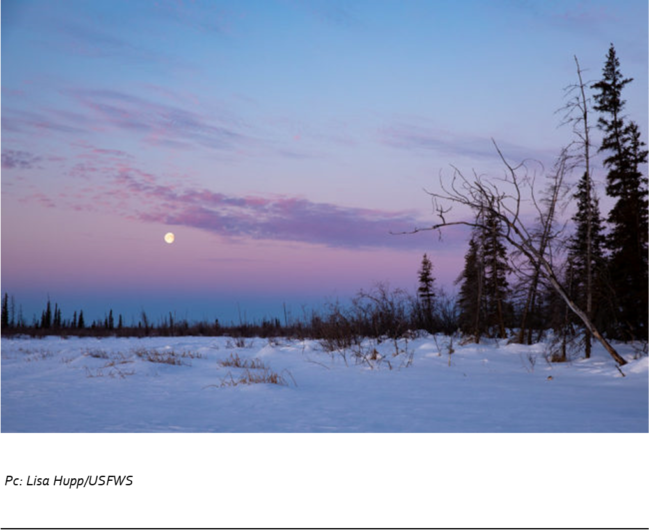
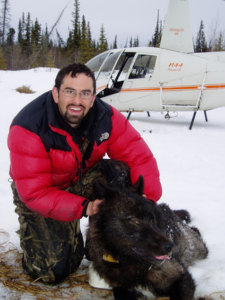
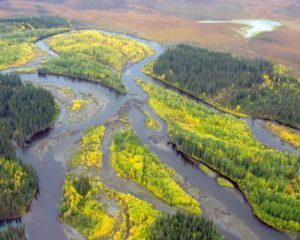
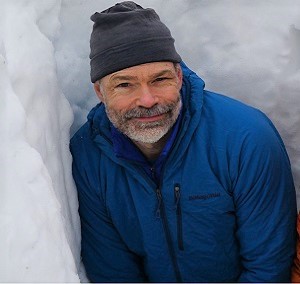
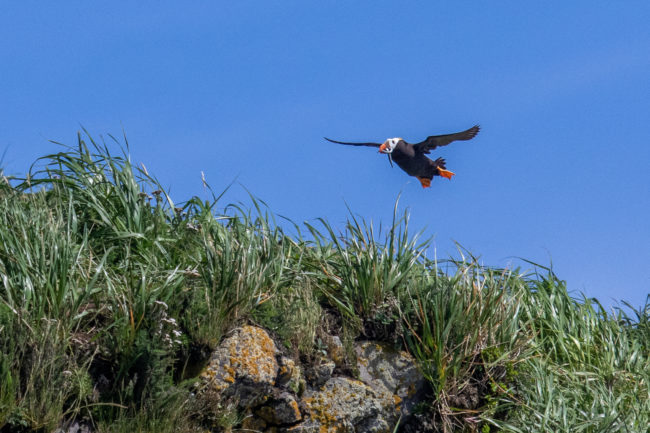
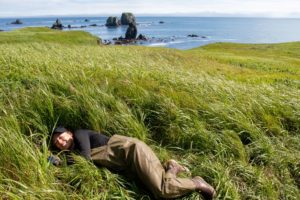
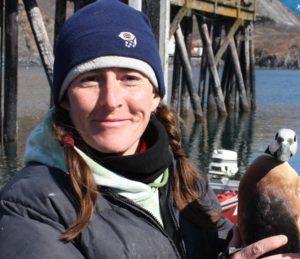
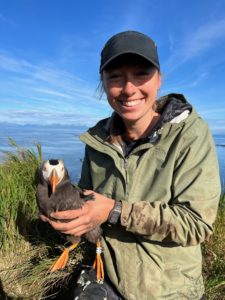 Katie Stoner is an Oregon State University PhD student working in collaboration with Kodiak Refuge for her dissertation research assessing the conservation status and threats to Tufted and Horned Puffins breeding in the Kodiak Archipelago within the Gulf of Alaska. She developed a passion for wildlife and birdwatching while attending summer camps with the Audubon Society of Portland in her hometown of Portland, Oregon. She earned her Bachelor of Science degree in Wildlife Biology and Natural Resource Ecology from the University of Vermont. During her undergraduate degree, she had the opportunity to volunteer for Kodiak National Wildlife Refuge on the refuge’s Kittlitz’s Murrelet Nesting Ecology Project, and she used data from her fieldwork on this project to complete her undergraduate thesis.
Katie Stoner is an Oregon State University PhD student working in collaboration with Kodiak Refuge for her dissertation research assessing the conservation status and threats to Tufted and Horned Puffins breeding in the Kodiak Archipelago within the Gulf of Alaska. She developed a passion for wildlife and birdwatching while attending summer camps with the Audubon Society of Portland in her hometown of Portland, Oregon. She earned her Bachelor of Science degree in Wildlife Biology and Natural Resource Ecology from the University of Vermont. During her undergraduate degree, she had the opportunity to volunteer for Kodiak National Wildlife Refuge on the refuge’s Kittlitz’s Murrelet Nesting Ecology Project, and she used data from her fieldwork on this project to complete her undergraduate thesis. 